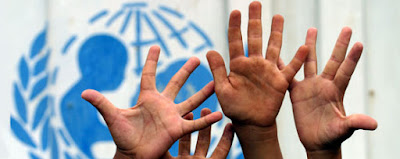Selfie: How did this become a verb / noun?
In 1839, Robert Cornelius was the
first person ever to click his own self. Since photography was a slow process,
he had enough time between when he uncovered the lens, ran into pic position and
then ran back again to cover the lens. In 1914, Grand Duchess Anastasis Nikolaevna
of Russia at the age of 13 was the first teenager ever to take her own picture
using a mirror.
Oxford Dictionary defines Selfie as
“a photograph that one has taken of oneself, typically one taken with a
smartphone or webcam and shared via social media”. Its typically a term that
got the status of an Oxford word in early 2000s and the title of “word of the
year” in 2013.
Obsession with Selfie
Everyone is taking selfies now? And
why is that? Many may call it fun, many however also call it a mental disorder.
As someone said, “If Selfie were a pond, a large portion of the population
would have already drowned!”
Obsession can be of varying
degrees, with one extreme being the narcissistic level of a selfie a day, and
the other extreme being losing weight and getting cosmetic surgeries done to
look selfie perfect. This has led to an understanding amongst psychiatrists and
marketers that there’s a huge connection between taking selfies and earning
self-respect. People love to live in a world of illusion, and selfies help them
reach the gates of that delusional world. While it’s a worrying trend,
marketers have recently started using “Selfie Moments” for attracting people to
shop, by creating selfie-friendly zones.
The story of Mall and Selfies
About a year ago, Rajneesh Mahajan,
executive director of Inorbit Mall observed, the craze amongst mall visitors of
clicking selfies with a Heart-shaped bonsai (Economic Times, dated 19th Dec 2016). He realized that
anything quirky attracts youngsters to click selfies at an innovative selfie
spot. Most mall managers have gone ahead and set up such selfie spots, which
are innovative and draw audience to the mall for a click. I noticed one such
spot in Ambience Mall on the 4th floor where a huge dinosaur has
been placed, and people are busy clicking selfies with that grotesque creature.
Will this lead to an increase in
footfalls in malls and inside stores? A question store managers are not even
hazarding an answer to! According to selfies posted on Instagram and Facebook,
Select CityWalk in New Delhi is one of the most “Checked-in” places online. Yet
brands are unsure of the upswings of such a trend.
Well neither are we. And as many
say, Selfies is a fad that may soon outlast it’s day under the sun.
By:
Monica Mor,
Sr. Faculty, INLEAD
























